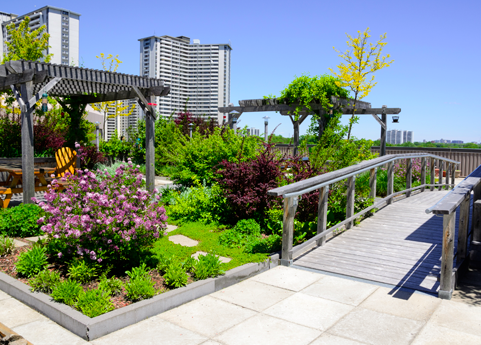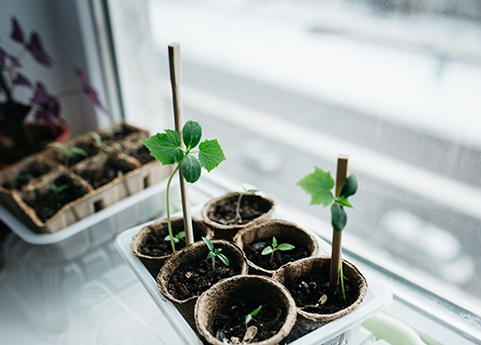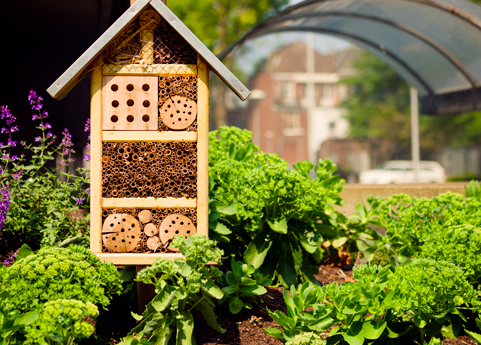
All About Flower Shows
Let’s grow to show for the fun of it!
Why have a Flower Show?
Flower shows are fun, interesting, educational, and creative.
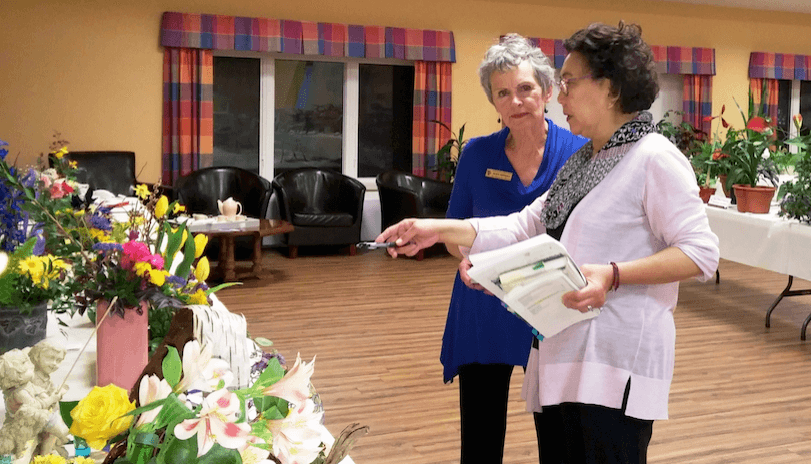
How to Organize a Show
To organize a Show, please contact one of your local judges. Judges possess a wealth of useful information and experience on how to set up a show, write a schedule and help coach people to enter and have fun exhibiting.
We also have a great reference books the OHA Virtual Flower Show Guidelines and Ontario Judging and Exhibiting Standards (OJES 2019). This book tells exhibitors what a judge is looking for when judging a flower show’s floral designs and horticultural specimens (cut flowers, vegetables, potted plants, terrariums and trough gardens etc.). It includes everything you need to know about staging a flower show, and how to prepare your entries. The rules and guidelines in this book will be used by the judge to assess the quality of exhibits and the awarding of prizes. OJES 2019 is available for purchase from the OHA Supplies Coordinator. You can also check with a local judge as they will certainly have a copy.
Briefly, a Show includes flowers, plants, fruit, vegetables, floral designs and special exhibits. The objectives of a Show are to: educate, stimulate interest in horticulture, provide a venue for creative expression, encourage community participation and have a project in which all members can participate. You may want to just start out with a mini show (just a few classes) at one of your meetings. How about a Veggie Mini show at a Fall meeting to show off some of the popular veggies that are in season? Or what about a mini Houseplant show in April? What about taking a road trip to see a show in your District? Check with other local societies and go see a show in person. Invite a local Judge to present a talk on how to exhibit in a show or give a demonstration on floral designs and special exhibits. We encourage societies to try and have a Standard Flower Show with at least two divisions, which must include one Horticultural and one Design Division. You just need a few people with an interest in gardening and a willingness to help with ideas for a show.
The key is to have fun!
Things you need to think about
The Show Committee: These individuals can help with the organizing. Don’t forget to involve local judges and members with experience in showing. Check with your District Director for suggestions.
Writing a Schedule and Rules: Once the date, location and theme have been set, preparing the schedule to conform to the season is the first and most important organizational task. Efforts should be made to have the Show conform to Ontario Judging and Exhibiting Standards for Horticulture and Floral Design.
Selecting a Judge: The choice of judges is based on their training, qualifications and experience. It is unwise to invite the same judge(s) to perform in successive Shows. A minimum interval should be established. Check the Judges List here on the web site to find local Judges
Awards: What kind of awards do you think best fit? Ribbons, certificates and cash prizes are options to consider. Donations and/or prizes received from the business community and from private donors should be publicly acknowledged.
Your show schedule should be clear and easy to read and yet be specific enough that people know what to enter and how.
Useful Guides for Show Organizers, Judges & Competitors
The following guides will be helpful to both judges and competitors:




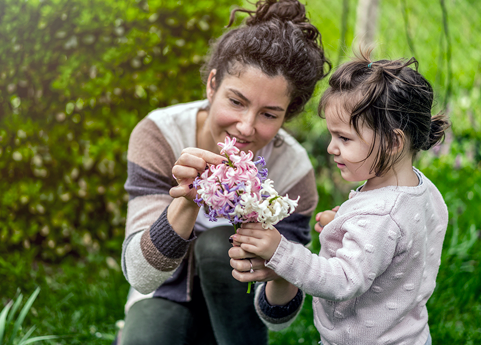

Answers to Your Questions and Quandries
JUDGING SPECIFIC CLASSES
Design Classes
Q. How do I judge a design with artificial flowers or foliage?
A. Read the schedule carefully if it is permitted in the rules then you judge based on the principles and elements. If the schedule indicates no artificial or says follow OJES then you would have to disregard the design but add a very kind comment that lets them know that either the schedule and or OJE does not permit artificial materials. Some fairs do have a section for a design done with artificial flowers and, here again, the elements and principles apply just like a design with live plant materials.
Fruit and Vegetable Classes
A. How do you judge a sunflower seed head?
A. It is a horticultural specimen and should be viewed as a Vegetable and or Fruit – One entry with a scale of points – Condition 40 Form and Color 30 Size typical of cultivar 20 Distinction 05 Named 05.
Perennial Classes
Q. In the ‘Any other Perennials Class’, would the following specimens be entered: Hydrangea, Spirea, Butterfly Bush, and a bedraggled Heliopsis? Are Hydrangea, Spirea, and Butterfly Bush considered Perennials?
A. Hydrangea, Spirea, Butterfly Bush are all Shrubs, Shrubs are defined as a woody perennial plant. SO yes, they are Perennial. You would also have to look carefully at the schedule to make sure there was no other class such as Flowering Shrub that they should have been entered in. Often an Any Other Perennial class is listed as Any Other Perennial (not listed above).
Photography Classes
Q. If a photography class asks for flowers, should it be interpreted as more than one?
A. An entry with just one flower should not be disregarded. You are looking for overall artistic merit of the entries.
Youth Classes
Q. How do you judge a “children’s” arrangement when it looks very much like an adult has done most of it?
A. This is a very difficult question. You don’t want to discourage children who have done all the work themselves, but you also don’t want to be accusing a child of getting too much help. As with adults, if it is on the table and was passed by the passing committee then you must judge it. There is no easy way other than to have a quiet word with the Show Chair afterward.
